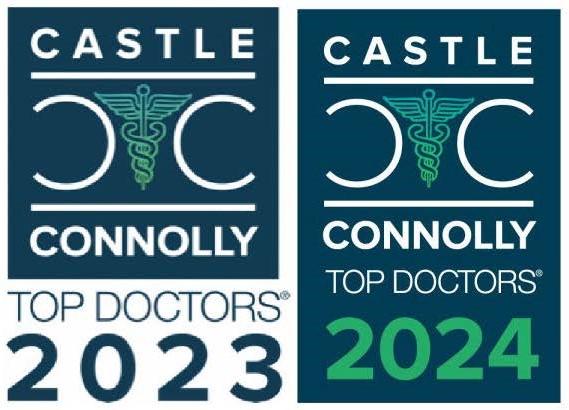
Depression and anxiety are common co-morbidities. Conventionally, different prescription medications are typically recommended for each of the conditions. However, transcranial magnetic stimulation, or TMS, has been shown to help with symptoms of both disorders. According to recent research, which included 1,800 patients diagnosed with major depressive disorder (MDD), over 75 percent of those with MDD also had anxiety. However, after TMS therapy, participants with “anxious depression” presented with a reduced baseline of at least 50 percent on both depression and anxiety scores.
There were “anxious” and “non-anxious” groups in the study, and both experienced an improvement in their depression score following TMS treatment. The co-investigator says, “The ultimate message is that TMS is quite effective in the more difficult-to-treat and more disabled group of anxious depressives.” He has found that, on average, 50 – 75 percent of those with depression also have “significant anxiety symptoms.” Of course, significant anxiety can amplify depression symptoms, too, along with how chronic it is, functional impairment, and suicidality. “When patients with anxious depression are identified in a treatment study, they are less likely to respond to the index treatment and are frequently excluded from some treatment trials,” he says.
Treatment by the Numbers
There have been previous studies on TMS and anxious depression, but none were as large or as well-studied as this one. The research team used the NeuroStar® Advanced Therapy System Clinical Outcomes Registry for their analysis. It is the biggest database of patients diagnosed with “difficult-to-treat depression”—and, more importantly, all have tried TMS therapy. The 1,820 patients in this study had completed the Generalized Anxiety Disorder-7 and Patient Health Questionnaire-9, then went on to undergo at least one TMS treatment series.
Researchers examined the sampling of patients treated with TMS along with another sample who were treated exclusively with high-frequency left dorsolateral prefrontal cortex stimulation. An equal number of men and women were in each group, but the anxious group was on average five years younger than the non-anxious group. This group also reported more intense depression severity at baseline. Following treatment, GAD-7 scores “decreased markedly” in the group with anxious depression. However, there were no differences between the groups when it came to PHQ-9 scores. Overall, researchers noted that both the “anxious and non-anxious groups showed ‘marked antidepressant effects,’ with response and remission rates in the anxious group ranging from 55.2 percent to 66.8 percent and from 24 percent to 33.2 percent, respectively.”
Your Options for Depression and Anxiety Treatment
For many years, the go-to treatment has been medications—but that is no longer your only choice. TMS has been shown to be an effective treatment for a myriad of disorders, including depression and anxiety, in many studies. Typically, TMS is recommended for those who are not succeeding with other forms of therapy. There are different “types” of TMS, including accelerated options for those who are traveling far for therapy.
Another option that is exclusively available for those taking depression prescriptions is Spravato. It is the first FDA-approved nasal spray of esketamine, which should be used in conjunction with antidepression medication. Both of these treatments are available at the TMS Institute of Arizona.
Depression, Anxiety, and You
Understandably, many people are interested in reducing or eliminating their dependency on pharmaceuticals. Both depression and anxiety are often chronic conditions, which means a long-term, safe solution is necessary. Results from TMS therapy are shown to last, on average, several months. There are not many TMS clinics in the country, but the long-lasting effects make it plausible to visit our clinic for maintenance sessions as well as your initial treatment series.
Depression, and particularly MDD with suicidal tendencies, comes with many co-morbidities (including a higher mortality rate). TMS works by manipulating the areas of the brain responsible for mood and emotions. It uses a magnetic field and the electricity of the brain cells for a completely non-invasive approach to treatment. It is not electro-“shock” therapy, even though the brain cells’ electricity play a role in the treatment. Most patients describe it as highly tolerable and no anesthesia is needed. To find out more or book your consultation, contact the TMS Institute today by calling the office or filling out the online contact form.












